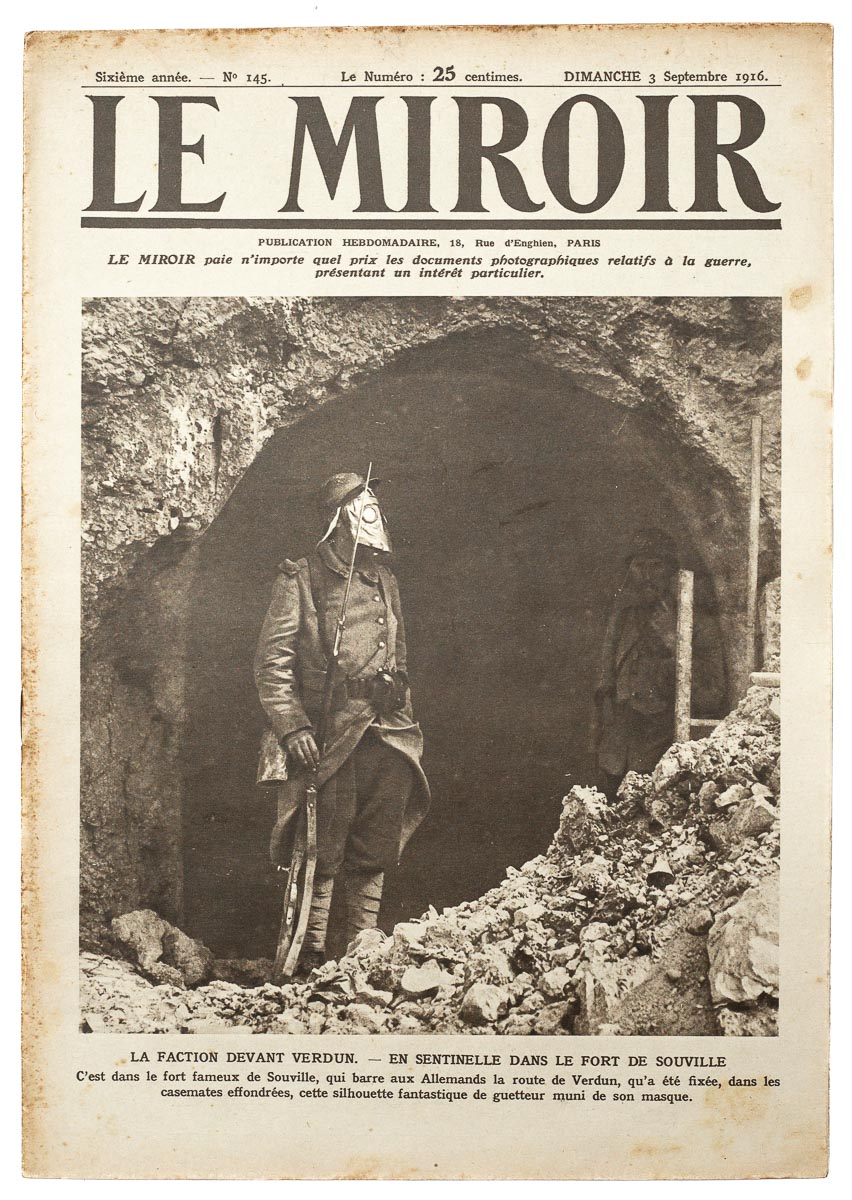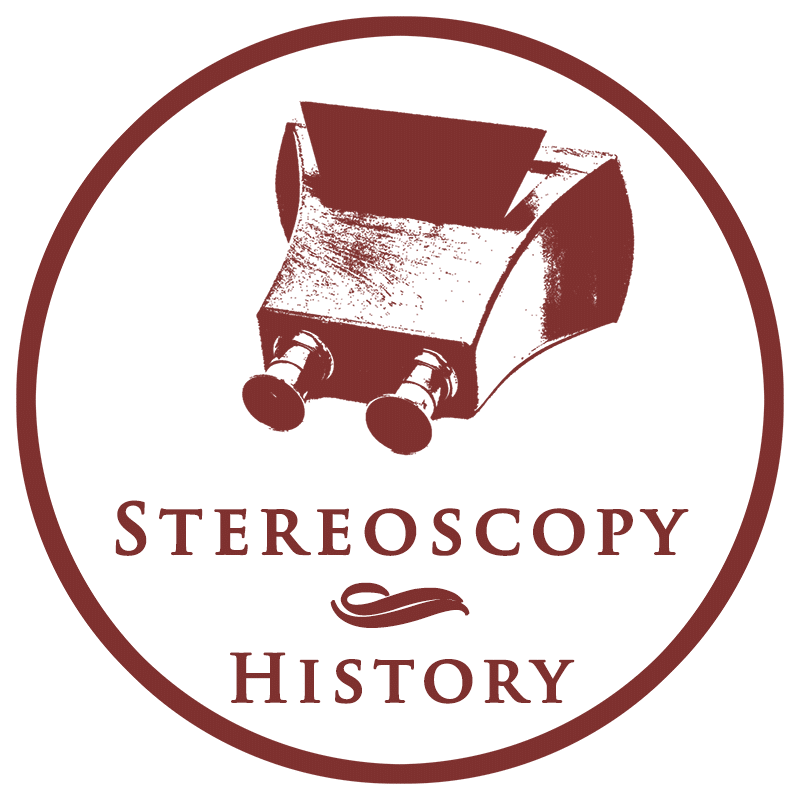
Photos were published in newspapers and magazines and depicted the course of the war. Censorship played an important role, because the displayed photos were not allowed to undermine the morale of the population in any way. It remains unknown how many soldiers had cameras and captured war scenes. The large number of photos and stereoviews that were published after the war by commercial publishers proved that they must have been huge. It is clear that photography had become accessible to a large group of amateurs at the beginning of the conflict. Compact and affordable cameras, such as Jules Richard’s Glyphoscope or the Platoscope, easily fitted into a soldier’s backpack, but it was mostly the officers who could afford a camera.
In France, it was forbidden by law for soldiers to possess a camera on the front line, without proper authorisation. This law was intended to prevent espionage and bypass censorship. However, the reality was different and the. French government’s goal of regulating the images through La Section Photographique de l’Armée and censorship only partially succeeded.
Le Miroir first appeared in 1910 as a richly illustrated supplement to Le Petit Parisien. It had been published as an independent weekly magazine since 19121. The images consisted mainly of illustrations and reproductions of photographs. The magazine had its largest circulation at the end of the war, with 1 million copies. The editions were thinner because of the paper shortage, but were completely devoted to the war. Le Miroir showed a one-sided and chauvinistic image of the war and constituted important propaganda. The magazine was constantly looking for sensational images that could boost sales. It mainly focused on soldiers at the front who were in possession of a camera and who managed to bypass censorship. Later in the war, the subtitle of the magazine was:
Le Miroir pays any price for photographic documents relating to the war, presenting a particular interest.
The magazine also organised a competition for the “most appealing picture” with a grand prize of 30,000 francs.
References
- Le Miroir (hebdomadaire photographique). Via. fr.wikipedia.org ↩︎
